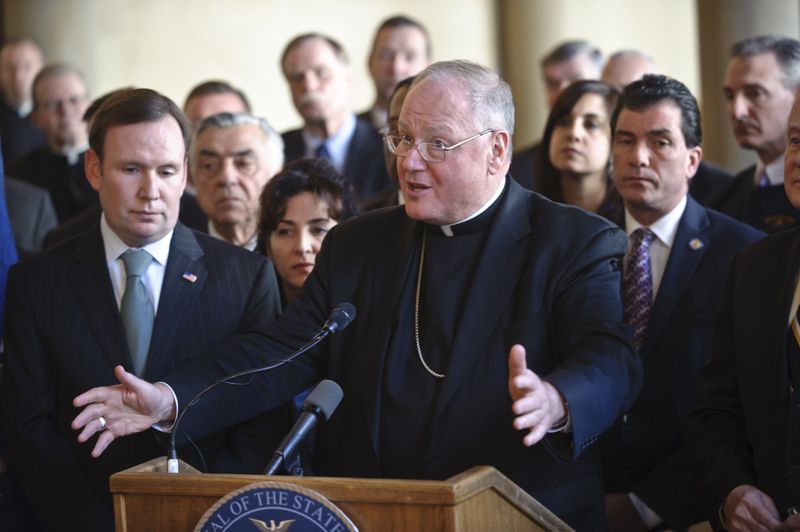Why This Time Was Different: the Church's Objections to the Child Victims Act Finally Ran out
By Marci Hamilton
It took more than 15 years, but when the Child Victims Act finally made it to the floor of the Senate, it passed unanimously. This is the harbinger of good things to come in other states. For the very first time, the most powerful bishop in a state — Cardinal Timothy Dolan — publicly withdrew his opposition to the bill. That opened the door for Republicans to vote for the Child Victims Act, but it also changed the discourse about window legislation across the United States and even the world. The Catholic bishops, the most publicly relentless opponents of victims’ access to justice, have been running out of arguments against the irrefutable logic of child sex abuse statute of limitations (SOL) reform. At first, they opposed SOL reform, period. Their battle against extending the civil and criminal SOLs did not last long, because it implied that they expected to have ongoing problems in the future. But they continued to ferociously battle the lookback, or window, legislation that revives expired civil SOLs. They tried to blame the priests (and the victims) while not taking responsibility for their role, or they claimed it all happened decades ago. The 2018 Pennsylvania grand jury report put those arguments to rest, as it prompted the world to take the side of the victims. PAID POSTWhat Is This? Financial ABC’s for a Growing Family Financial ABC’s for a Growing Family Life is a complete whirlwind after having or adopting your first child, and all you want to do is curl up and channel every ounce of energy into getting to know your... SEE MORE Sponsored Content by ?Edward Jones They also have tried to argue such a law is unconstitutional. Yet, that argument is inherently weak, has been repeatedly defeated in state supreme courts, and is a nonstarter under New York law. They attempted to convince the country that dioceses would become indigent, or in their word, “bankrupt,” if they had to compensate victims. The bankruptcy argument withered with media coverage of their insurance policies and huge land ownership, and that no diocese had been forced into bankruptcy. Rather, some had filed for Chapter 11 voluntary bankruptcies to protect their many assets from the victims. Dolan’s opposition turned on their last refuge: arguing that a window was unfair to the church. He parroted the line devised by then-Bishop Charles Chaput of Denver in 2006, who halted SOL reform by putting postcards in the pews that said the bill “targeted” the church because it did not extend to public schools, and, therefore was anti-Catholic. Parishioners’ calls the next day shut down the Capitol phone lines and the bill. Dolan played the equality card as long as he could, but Gov. Cuomo and lead sponsors Sen. Brad Hoylman and Assemblywoman Linda Rosenthal called his bluff by adding crystal-clear text to apply to both private and public entities. So much for the unfairness argument. Once the bishops’ playbook failed, Dolan changed course. While he continued to fight, he simultaneously instituted a mediation-based compensation program to avoid as much litigation as possible. Other New York bishops followed suit and more than 1,200 claims were settled statewide; this is what paved the way to Dolan’s about-face on the CVA, which in turn opened the door for Republican support. This dynamic is game-changing. The New York experience looks likely to repeat itself: Similar compensation programs are in place in New Jersey and Pennsylvania, which is a clear concession that window legislation is likely to happen despite the power of the Catholic lobby. As long as such programs are not forced on the victims and they can choose litigation, the New York experience is a good omen for the future.
|
.
Any original material on these pages is copyright © BishopAccountability.org 2004. Reproduce freely with attribution.
